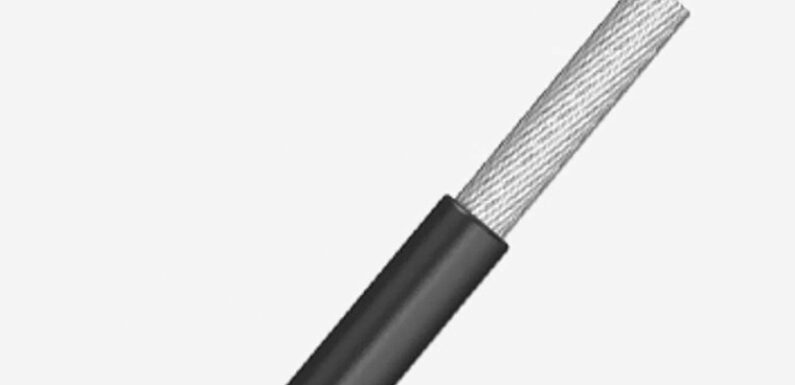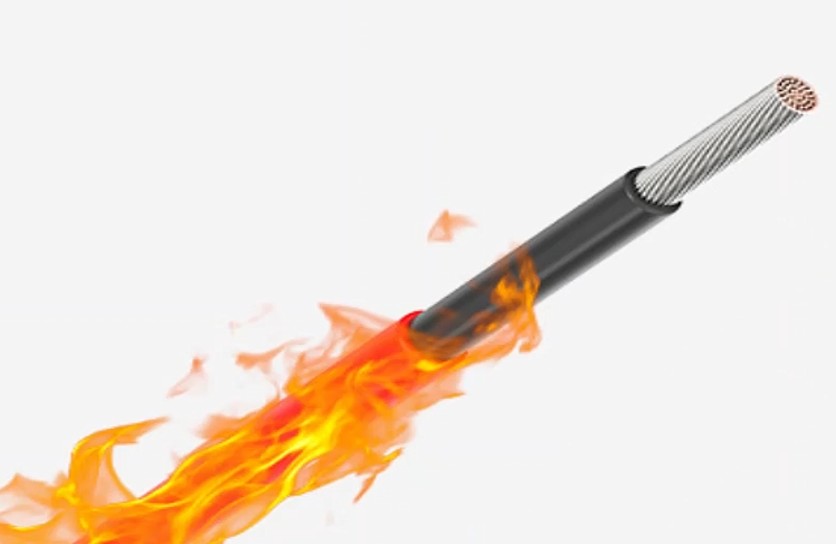
As more individuals and industries embrace solar energy to meet their power needs, the technology behind solar panels continues to evolve. One crucial yet often overlooked component of a solar panel system is the cable that connects the panels to the broader electrical infrastructure. In this comprehensive guide, we delve into the intricacies of solar cable, exploring their types, functions, and importance in harnessing the sun’s energy efficiently.
The Backbone of Solar Energy Systems: Solar Cables
Solar cables, also known as DC solar cable, serve as the lifeline of solar energy systems. These specialized cables facilitate the transfer of direct current (DC) electricity generated by solar panels to the various components of the system, including inverters, batteries, and ultimately, the electrical grid. Designed to withstand the rigors of outdoor environments and prolonged exposure to sunlight, solar cables play a pivotal role in ensuring the seamless and efficient operation of solar power installations.
Understanding Solar Cable Composition and Construction
Solar cables are engineered to meet the unique demands of solar energy systems. Typically, these cables consist of several layers designed to enhance durability, conductivity, and safety. The core of a solar cable comprises conductive materials such as copper or aluminum, chosen for their excellent electrical conductivity and resistance to corrosion.
Surrounding the core is insulation, which serves to protect the conductive elements from environmental factors such as moisture, UV radiation, and temperature fluctuations. High-quality insulation materials such as cross-linked polyethylene (XLPE) or ethylene propylene rubber (EPR) ensure that solar cables remain resilient in diverse climatic conditions, ranging from scorching heat to freezing cold.

Types of Solar Cables
Solar cables come in various types, each tailored to specific applications and system requirements. Among the most commonly used variants are:
- Single-Core Solar Cable: Featuring a single conductor within an insulated sheath, single-core solar cables are ideal for connecting individual solar panels to the rest of the system. Their compact design and flexibility make them well-suited for rooftop installations and other space-constrained environments.
- Twin-Core Solar Cable: Twin-core solar cables consist of two conductors within a single insulated sheath, allowing for the simultaneous transmission of positive and negative DC currents. This design simplifies the wiring process and reduces installation time, making twin-core cables popular choices for larger solar arrays and commercial-scale projects.
- Tri-Rated Solar Cable: Tri-rated solar cables, also known as multi-core cables, feature multiple conductors bundled together within a single protective jacket. These versatile cables are capable of carrying both DC and alternating current (AC) electricity, making them suitable for use in hybrid solar systems and applications where flexibility and adaptability are paramount.
Key Considerations When Choosing Solar Cables
Selecting the right solar cable is critical to the performance, safety, and longevity of a solar energy system. Several factors should be taken into account during the selection process, including:
- Voltage Rating: Solar cables must be rated to withstand the voltage levels present in the system. Typically, cables are available in standard voltage ratings such as 600V, 1000V, and 1500V, with higher ratings required for larger installations and higher power outputs.
- Temperature Rating: Solar cables operating in outdoor environments are exposed to a wide range of temperatures. It is essential to choose cables with insulation materials rated for the expected temperature extremes to prevent degradation and ensure reliable performance.
- Durability and Weather Resistance: Solar cables are subjected to harsh environmental conditions, including sunlight, moisture, and temperature fluctuations. Opting for cables with robust insulation and weather-resistant properties can help mitigate the risk of damage and prolong the lifespan of the system.
- Compliance with Standards: When selecting solar cables, it is crucial to ensure that they comply with relevant industry standards and regulations, such as those set forth by organizations like the International Electrotechnical Commission (IEC) and Underwriters Laboratories (UL). Compliance with standards ensures safety, reliability, and interoperability within the solar power ecosystem.
Conclusion
In the realm of solar energy, every component plays a vital role in harnessing the sun’s abundant power and converting it into usable electricity. Solar cables, though often overshadowed by the glamour of solar panels and inverters, form the backbone of solar energy systems, enabling the seamless transmission of electricity from sunlight to the electrical grid. By understanding the types, functions, and considerations associated with solar cables, stakeholders in the solar industry can make informed decisions that maximize the efficiency, reliability, and sustainability of their solar power installations.
